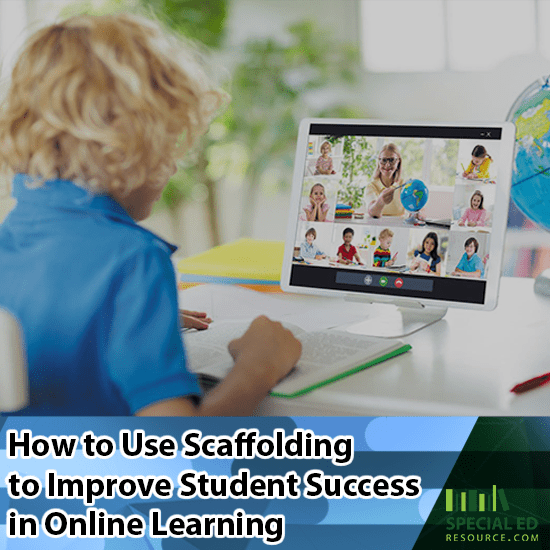
What Is Scaffolding in Education?
The main benefit of using scaffolding in education is that it encourages independent learning and problem-solving skills. It removes anxiety and frustration and allows students to solve problems on their own. The following are some of the benefits of using scaffolding in education. Learn more about this technique in this article. This article will provide you with a basic overview of scaffolding and how it can help your students learn better. We’ll also discuss some of the strategies and tactics teachers use.
Students solve problems on their own
Stuccos in the form of scaffolds help students to learn on their own. Teachers may provide minimal assistance by using expert models to explain concepts or demonstrating tasks explicitly or implicitly. This approach has many benefits, including boosting student confidence and allowing them to do tasks on their own. It is also important to provide adequate support to prevent frustration and discouragement due to repeated failure. Listed below are some examples of effective scaffolding methods.
Students build independent learning skills
One method of teaching that fosters student autonomy is scaffolding. This method involves introducing a task, dividing it into manageable steps, and providing support as students complete it. Once students can complete the task independently, the teacher fades out of the scene. Scaffolding can take several forms, depending on the content area. Some forms of scaffolding involve explicit modeling. However, they all aim to encourage students to develop their own independent learning skills.
Students eliminate anxiety and frustration
Staircased learning environments promote students’ independence and momentum. While some students may struggle with complex tasks, scaffolding provides full support and helps them understand topics in small chunks. With scaffolding, students will learn more quickly and retain more information. In addition, they will feel more confident and proficient in their studies. This approach eliminates the negative attitudes students may have about certain subjects. Therefore, it is a proven way to improve student learning outcomes.
Students learn new skills
Structuring is a key component in educating children. It provides students with temporary support while they progress toward grade-level standards. The use of scaffolding can differ widely, depending on the content area. Typically, it involves holding an object up or standing behind the child. Over time, the child will be able to support himself and start to support other objects. As the child becomes more confident, they may start to walk or run without the need for help.
Students learn a new language
Scaffolding has been the subject of much recent research. Bruner (1983) and Vygotsky both used scaffolding as branches of their sociocultural framework of the mind to analyze language learning and teaching. Scaffolding has been studied from a variety of angles, including asymmetric and symmetrical models. Although the framework has evolved over time, two main approaches are generally used to describe scaffolding: strong and weak. Strong versions of scaffolding emphasize the asymmetrical structure and claim that unequal status interactants can jointly construct knowledge.



